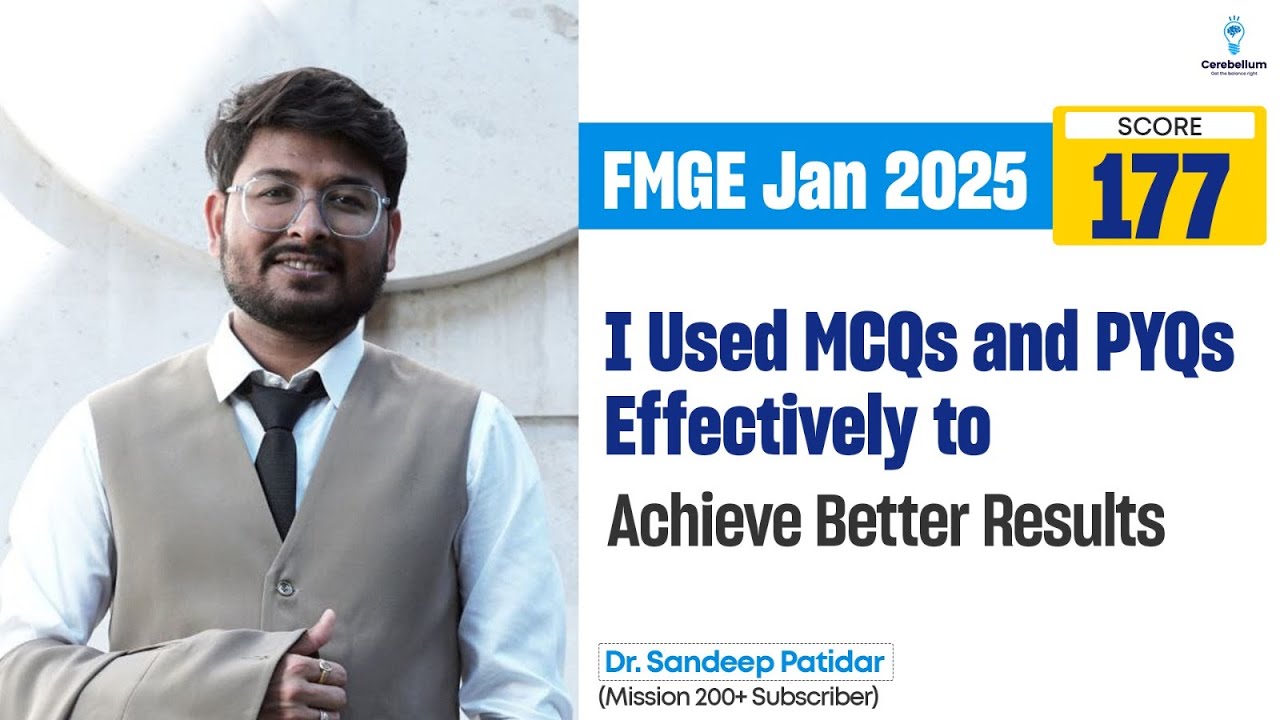For every NEET PG and INI CET aspirant, mastering high-yield topics is key to scoring well in the exam. One such frequently asked subject in Pediatrics is Hydrocephalus.
In today’s blog, we break down Hydrocephalus into exam-oriented points—covering its causes, clinical features, investigations, and management—exactly the way you’ll need to recall it in the exam hall.
And before we get into details, here’s today’s dose of motivation:
“What you want to achieve is on the other side of fear.”
Push through your fear, keep your mindset positive, and your hard work will pay off.
Important Topic of Pediatrics for NEET PG & INI CET Exams: Hydrocephalus
Causes of Hydrocephalus
Hydrocephalus occurs due to a problem in the CSF pathway.
CSF Pathway Flow:
Lateral Ventricle → Foramen of Monro → Third Ventricle → Aqueduct of Sylvius → Fourth Ventricle
- The most common cause of non-communicating Hydrocephalus: Aqueductal stenosis
- Exam Question: Which is the most common cause of non-communicating Hydrocephalus?
Answer: Aqueductal stenosis.
Also Read: NEET PG 2025 Result Date – When and How to Check?
Clinical Features
When there is aqueductal stenosis, the lateral and third ventricles dilate, leading to:
- Macrocephaly – Head circumference more than +2 standard deviations
- Dilated scalp veins
- Sunset sign
- Sutural diastasis – Opening of sutures due to CSF pressure
Remember:
- Macrocephaly = HC > +2 SD
- Microcephaly = HC < −2 SD
Exam Question:
A newborn presents with a large head circumference, dilated scalp veins, and a sunset sign. What is the most likely diagnosis?
Answer: Hydrocephalus.
Investigations
- In newborns: Transcranial ultrasound (as the anterior fontanelle is open)
- MRI can also be done for a detailed evaluation
Exam Question:
What is the investigation of choice for Hydrocephalus in a newborn?
Answer: Transcranial ultrasound.
Management
- Treatment of choice: VP Shunt (Ventriculoperitoneal shunt)
- This diverts CSF from the ventricles to the peritoneal cavity
Exam Question:
What is the treatment of choice for aqueductal stenosis causing Hydrocephalus?
Answer: VP Shunt.
Also Read: INI CET November 2025 Strategy & Study Plan by Dr. Vivek Jain & Dr. Praveen Tripathi
Quick Revision
- Problem: CSF pathway obstruction
- Most common cause: Aqueductal stenosis
- Features: Macrocephaly, dilated scalp veins, sunset sign, sutural diastasis
- Investigation of choice: Transcranial ultrasound / MRI
- Treatment: VP Shunt
Final Words
“Whatever you want to achieve is on the other side of the fear. Be hopeful. Be positive. Everything will make sense by the end of the journey.”
That’s it for Hydrocephalus—important points covered, exam questions discussed. Keep learning, keep revising, and success will follow.
Download Cerebellum NEET PG Preparation Android app
Download Cerebellum NEET PG Preparation iOS app
Download Cerebellum NEET PG Preparation iphone app










